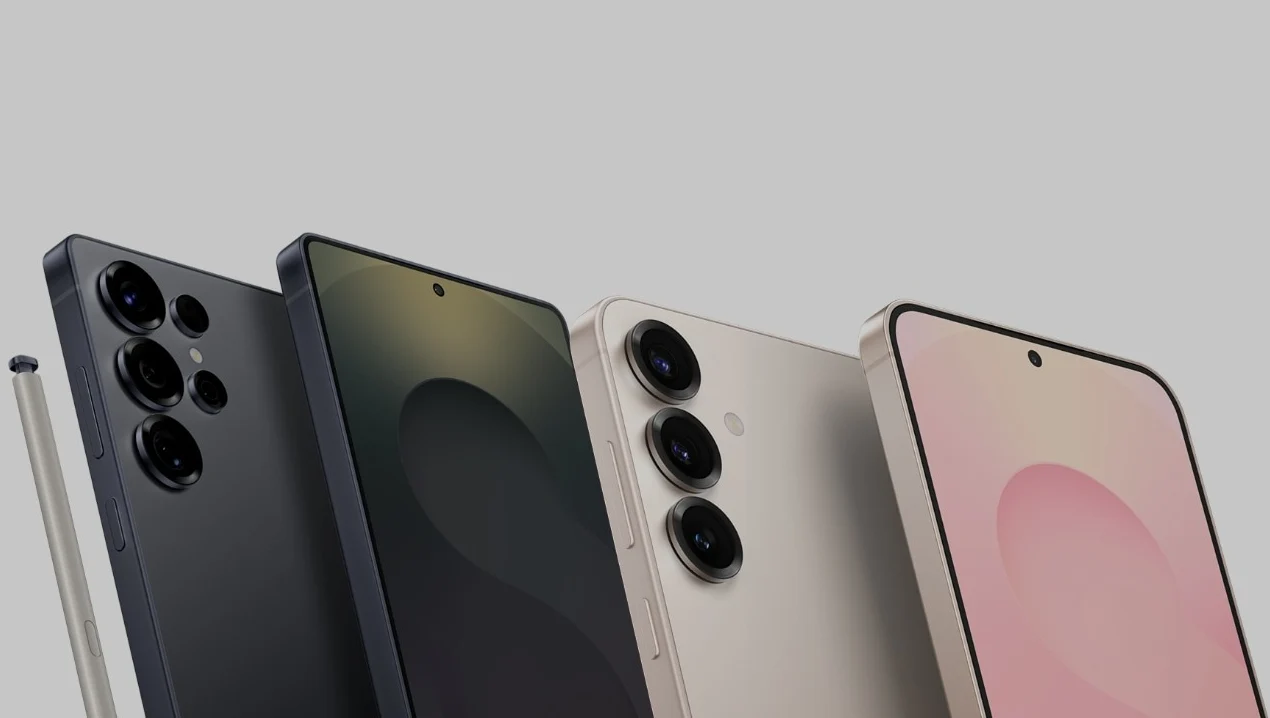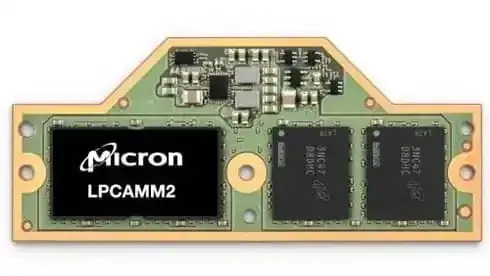Key Takeaways
1. Samsung relies on subsidiaries for parts, but sometimes sources components from competitors.
2. The Galaxy S25 series features RAM and storage supplied by Micron Technology, not Samsung Semiconductor.
3. Micron provided LPDDR5X memory and UFS 4.0 storage, enhancing AI performance and energy efficiency.
4. Samsung Mobile acknowledged Micron’s contribution, showcasing collaboration between competing companies.
5. Samsung’s decision to use Micron’s components was due to overheating issues with its own memory chips in the Galaxy S25.
Samsung has a lot of subsidiaries, most of which produce parts for mobile devices. People generally expect that the phones will contain the parts made by Samsung. But that’s not always true, as sometimes Samsung must get parts from its competitors. The Galaxy S25 series, which is priced at $799.99 on Amazon, is a great example of this situation since it includes crucial components from other companies.
Subsidiary Insights
One of the subsidiaries of Samsung is Samsung Semiconductor, which is responsible for making RAM and storage. However, for the Galaxy S25 series, it didn’t provide the RAM and storage. Instead, these essential components were supplied by Micron Technology, a company that competes with Samsung, and this information was shared by Micron itself.
Component Details
In a post on X, Micron announced that it provided the LPDDR5X memory and UFS 4.0 storage for the Galaxy S25 series. They mentioned that these components enhance AI performance and improve energy efficiency. Additionally, they contribute to keeping users’ data safe and secure.
Samsung Mobile also shared Micron’s post, thanking them for their assistance in enhancing the Galaxy S25 series’s capabilities. This acknowledgment highlights the collaboration between the two companies despite their rivalry.
Historical Context
Before Micron and Samsung confirmed this partnership, it was reported in January that Samsung would not use its own memory chips in the Galaxy S25 due to issues with overheating that impacted device performance. It was mentioned that Micron would supply these components for the initial launch of the Galaxy S25 series. Future production runs may include Samsung’s own chips, marking a significant change since previous Galaxy models had always used Samsung’s memory and storage solutions.
Source:
Link



